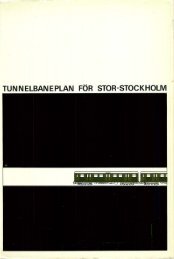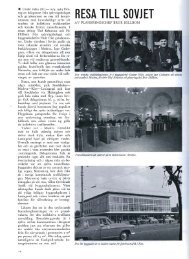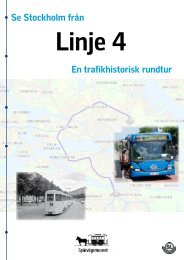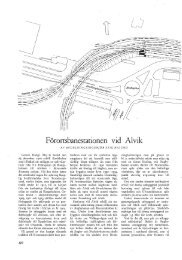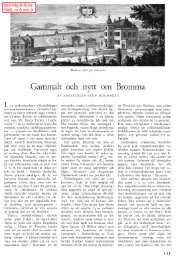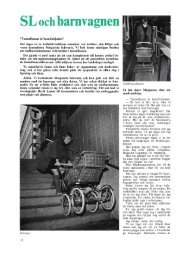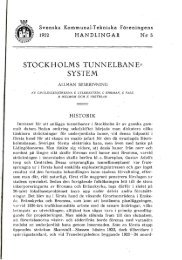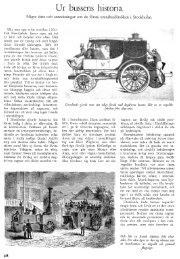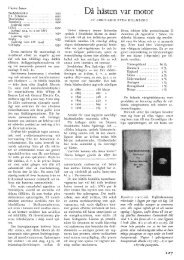Reliability of Stockholm Subway - Index of
Reliability of Stockholm Subway - Index of
Reliability of Stockholm Subway - Index of
Create successful ePaper yourself
Turn your PDF publications into a flip-book with our unique Google optimized e-Paper software.
Passengers, thousand<br />
1.2 Problem Description<br />
<strong>Subway</strong> network is one <strong>of</strong> the most efficient modes <strong>of</strong> mass transit systems in big<br />
cities. It has high capacity and it is independent <strong>of</strong> road traffic. Statistics shows that<br />
the amount <strong>of</strong> passengers in agglomerations constantly increases. To deal with the<br />
growing transportation demand transit operators may construct new infrastructure,<br />
which is usually extremely expensive, or enhance capacity <strong>of</strong> the current network by<br />
more effective operating. Intensive use <strong>of</strong> the capacity may cause problems <strong>of</strong> service<br />
reliability which brings about less attraction <strong>of</strong> customers. That is why operators<br />
maximizing the capacity should guarantee the service reliability.<br />
<strong>Stockholm</strong> subway running by city-owned public transit company SL, AB<br />
Storstockholm Lokaltrafik, is not an exception. The number <strong>of</strong> passengers gradually<br />
but constantly grows. The tendency during last several years is presented on figure<br />
1.1. The histogram shows the number <strong>of</strong> <strong>Stockholm</strong> subway passengers per one<br />
winter day (SL, 2009).<br />
1200<br />
1000<br />
800<br />
600<br />
400<br />
200<br />
0<br />
1012 1016 1016 1073 1094 1117 1117<br />
2003 2004 2005 2006 2007 2008 2009<br />
Figure 1.1 Number <strong>of</strong> passengers in <strong>Stockholm</strong> subway<br />
Green line<br />
Red line<br />
Blue line<br />
Total<br />
At peak hours subway experiences difficulties with increasing passenger flows on<br />
some segments <strong>of</strong> the network. To cope with the challenge the operator runs the<br />
service with the shortest possible headways. The minimal designed time difference<br />
between the pair <strong>of</strong> consecutive trains allowed by the system is 90 seconds.<br />
Theoretically it lets operating with up to 40 trains per hour. However in reality the<br />
11




